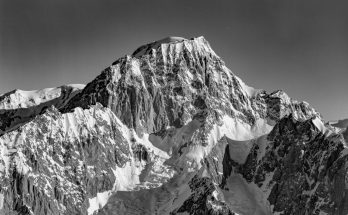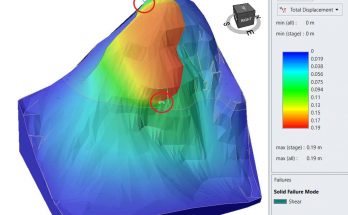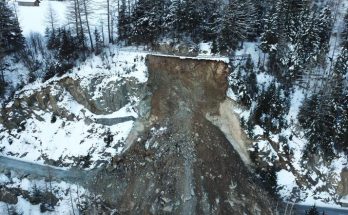Tristan Burnand
Supervisor: Prof. Michel Jaboyedoff
Expert: Alexandre Loye
This master thesis studies the Vallon de Nant, a glacial valley located in the Vaud Alps on the border with the canton of Valais. Within this valley, the different erosion processes are studied.
In context, the processes related to erosion are mapped on the basis of field visits, orthophotos and digital terrain model (DTM) high precision (spatial resolution of 1 m).
A qualitative study, by means of indicators such as the stream power and the erosion index are used globally in the Vallon. This allows you to split the catchment into three distinct zones (A, B and C), governed by different dominant processes. Within each zone, a secondary watershed is studied in more detail to test the assumptions for each predetermined area. The first area is dominated by gravity processes and mobilization of sediments. A second area is dominated by large geological structures and high sediment yield. The last zone corresponds to the system of glacial and paraglacial glacier des Martinets.
These three areas have in common, however, that the sediments that eventually come into the riverbed of the Nant Avançon are then transferred down by fluvial processes. The interaction of these erosion processes can be considered as a sediment cascade, where various sedimentary reservoirs and fluxes are combined.
The method of local base level (SLBL) is used to determine the volume of sediment present in the valley floor. This amount is used to calculate an average denudation rate since the glaciers last retreated, and a sediment yield.
A sediment budget, based on the mapping of phenomena established, is performed using the loss of potential energy concept. It is made for a single secondary catchment. The results give an average erosion rate of 0.74 mm/year, with a minimum of 0.24 mm/year and a maximum of 1.24 mm/year.
On the same secondary catchment, modeling the spread of rock falls is made. Then, based on the concept of the sediment cascade modeling the spread of sediment remobilization, by debris flow processes, is undertaken.



